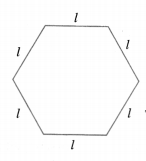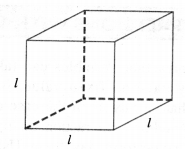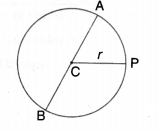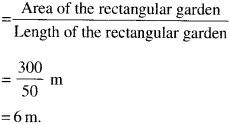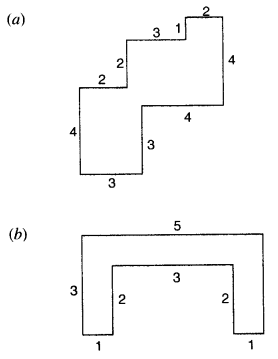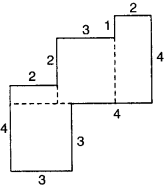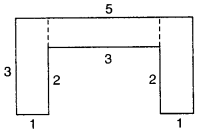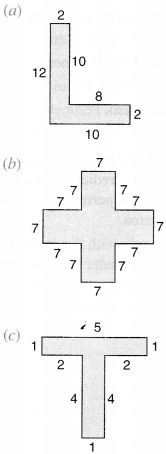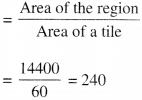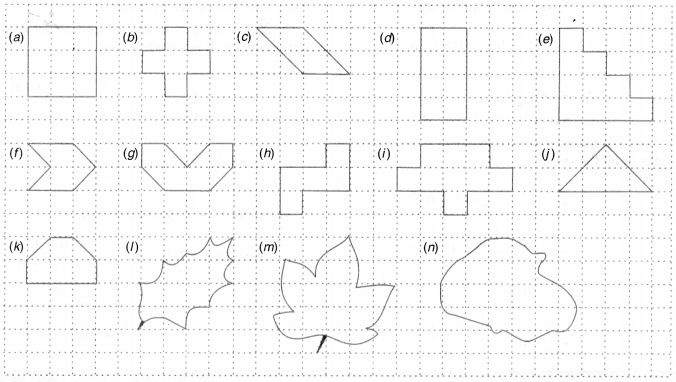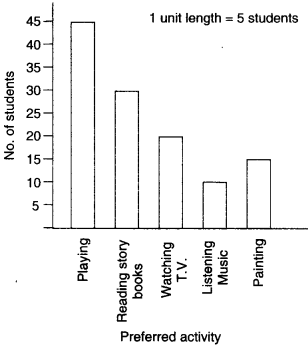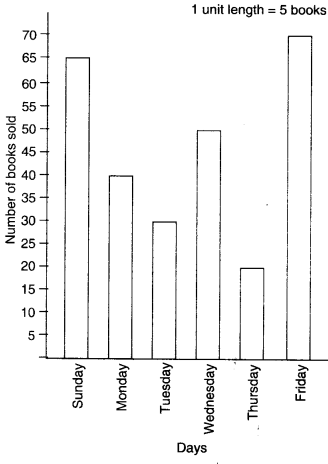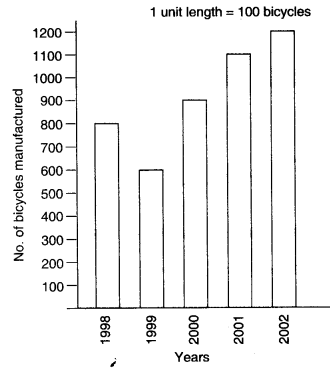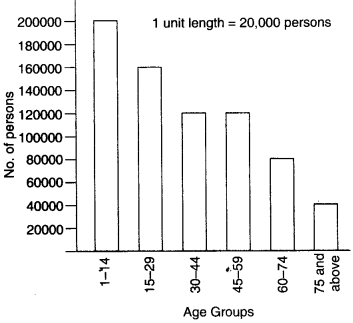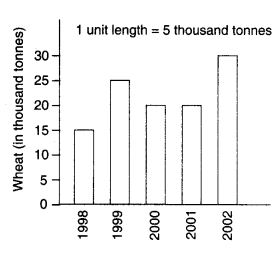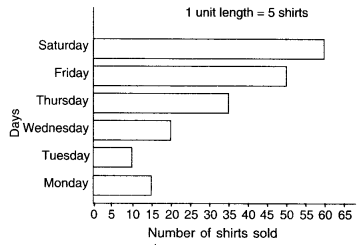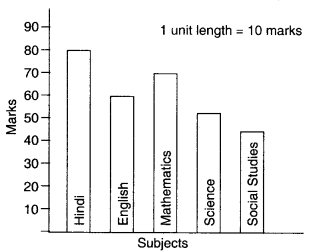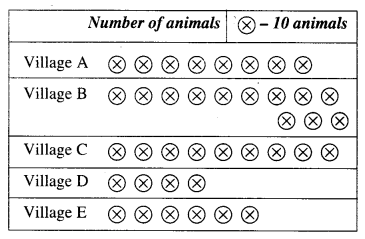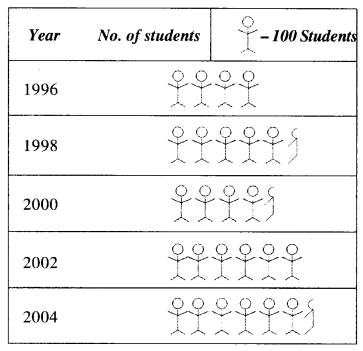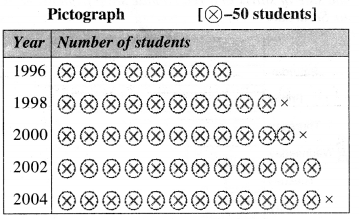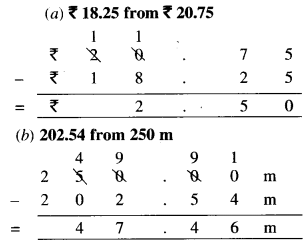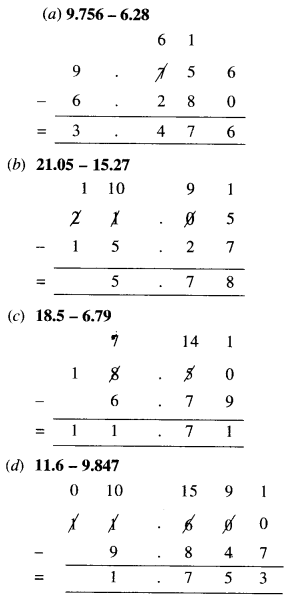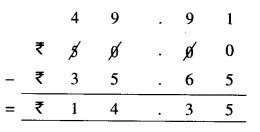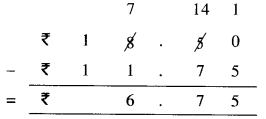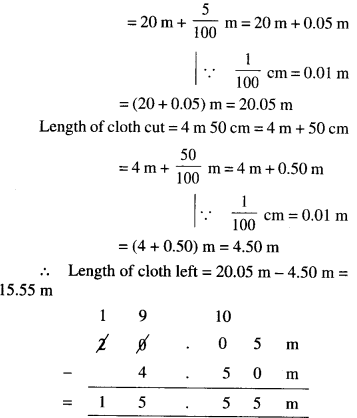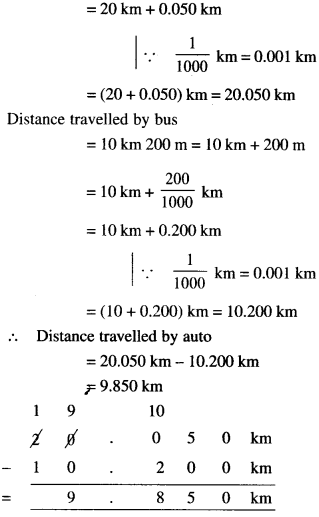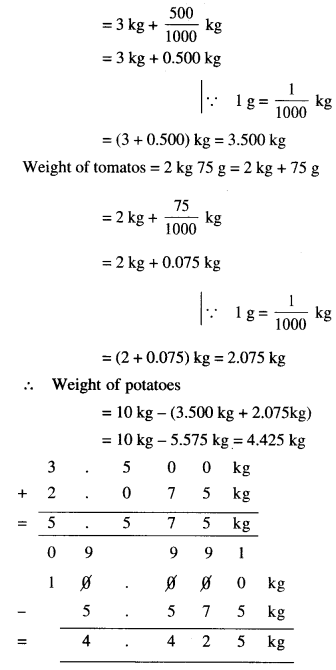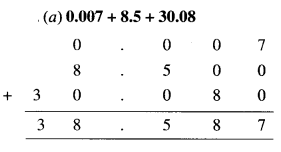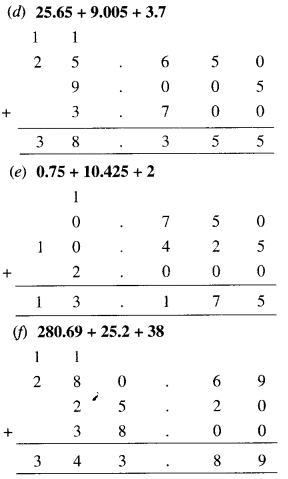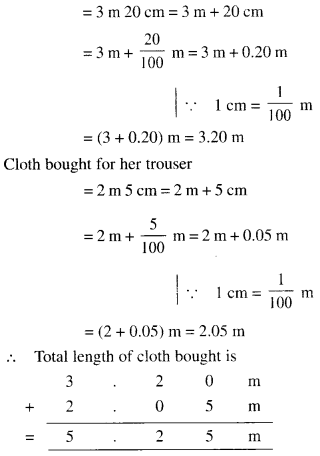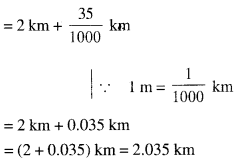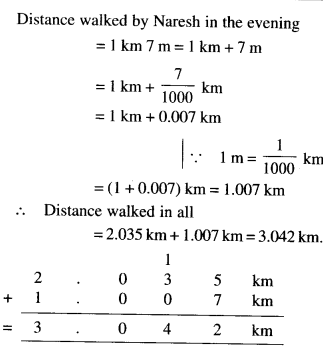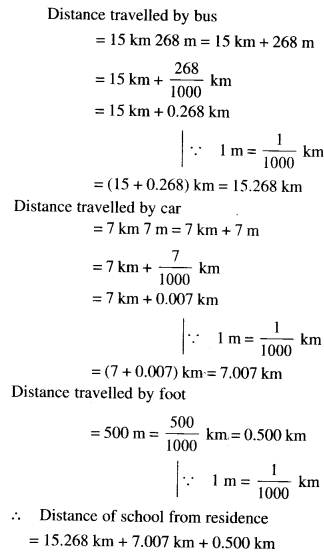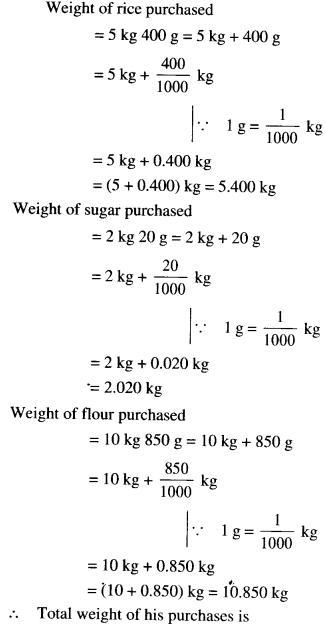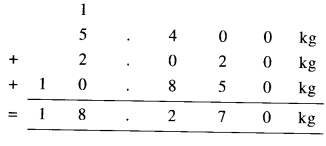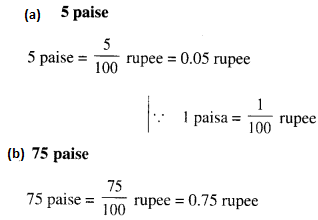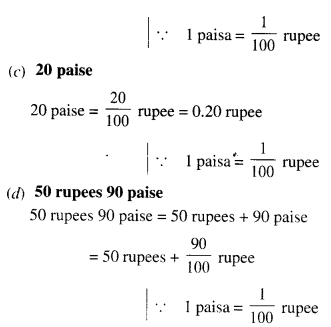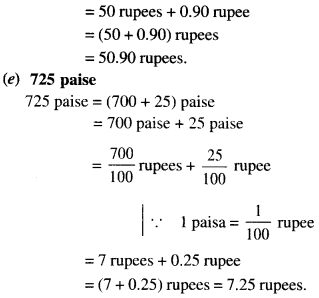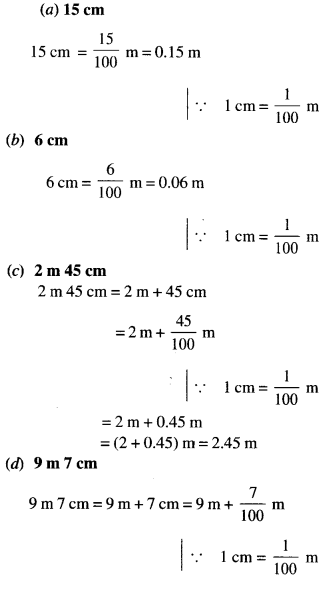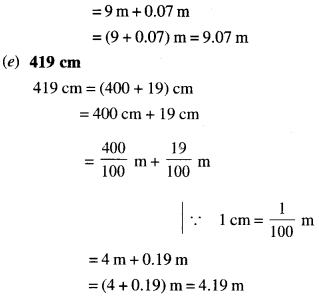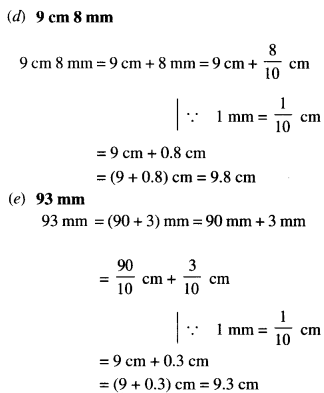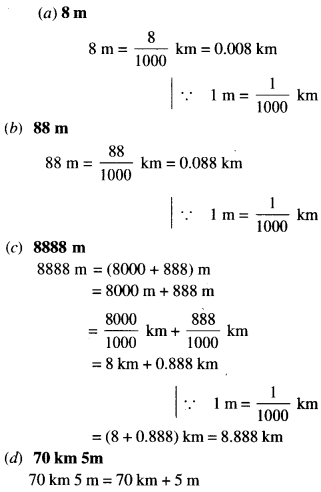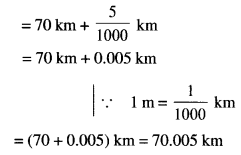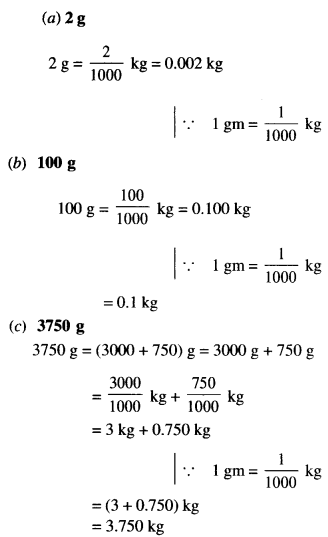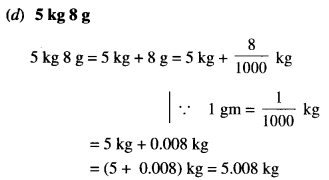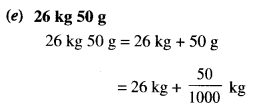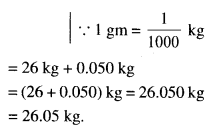NCERT Solutions for Class 6 Maths Chapter 11 Algebra Ex 11.3 are part of NCERT Solutions for Class 6 Maths. Here we have given NCERT Solutions for Class 6 Maths Chapter 11 Algebra Ex 11.3.
| Board | CBSE |
| Textbook | NCERT |
| Class | Class 6 |
| Subject | Maths |
| Chapter | Chapter 11 |
| Chapter Name | Algebra |
| Exercise | Ex 11.3 |
| Number of Questions Solved | 6 |
| Category | NCERT Solutions |
NCERT Solutions for Class 6 Maths Chapter 11 Algebra Ex 11.3
Question 1.
Make up as many expressions with numbers (no variables) as you conform with three numbers 5, 7 and 8. Every number should be used not more than once. Use only addition, subtraction and multiplication.(Hint: Three possible expressions are 5 + (87), 5 – (8-7), 5 x 8 + 7; make the other expressions.)
Solution.
The possible expressions are 5 + (8 – 7), 5 – (8 – 7), (5 + 8) + 7, 5 + (8 + 7),
5 x 8 + 7, 5 x 7 + 8, 5 x 8-7, 5 x 7-8,
5 x (8 – 7), 5 x (8 + 7), 8 x (7 – 5), 8 x (7 + 5) etc.
Question 2.
Which out of the following are expressions with numbers only ?
(a) y + 3
(b) 7 x 20- 8z
(c) 5(21 -7)+ 7 x 2
(d) 5
(e) 3x
(f) 5 – 5n
(g) 7 x 20 – 5 x 10 – 45 + p.
Solution.
(c), (d).
Question 3.
Identify the operations (addition, subtraction, division, multiplication) in forming the following expressions and tell how the expressions have been formed:
(a) z + 1, z-1, y + 17, y-17
(b) 17y, \(\frac { y }{ 17 } \), 5z
(c) 2y + 17, 2y – 17
(d) 7m, -7m + 3, -7m- 3.
Solution.
(a) Addition, subtraction, addition, subtraction
(b) Multiplication, division, multiplication.
(c) Multiplication and addition, multiplication and subtraction.
(d) Multiplication, multiplication and addition,multiplication and subtraction.
Question 4.
Give expressions for the following cases :
(a) 7 added to p
(b) 7 subtracted from p
(c) p multiplied by 7
(d) p divided by 7
(e) 7 subtracted from – m
(f) -p multiplied by 5
(g) -p divided by 5.
(h) p multiplied by – 5.
Solution.
(a) p + 7
(b) p-1
(c) 7p
(d) \(\frac { p }{ 7 } \)
(e) -m-1
(f) -5p
(g) – \(\frac { p }{ 5 } \)
(h) – 5p.
Question 5.
Give expressions in the following cases :
(a) 11 added to 2m
(b) 11 subtracted from 2m
(c) 5 times y to which 3 is added
(d) 5 times v from which 3 is subtracted
(e) y is multiplied by – 8
(f) y is multiplied by – 8 and then 5 is added to the result
(i) y is multiplied by 5 and the result is subtracted from 16
(j) y is multiplied by-5 and the result is added to 16.
Solution.
(a) 2m +11
(b) 2m – 11
(c) 5y + 3
(d) 5v – 3
(e) -8v
(f) -8y + 5
(g) 16 – 5y
(h) -5y + 16.
Question 6.
(a) Form expressions using t and 4. Use not more than one number operation. Every expression must have t in it.
(b) Form expressions using y, 2 and 7. Every expression must have y in it. Use only two number operations. These should be different.
Solution.
(a) t + 4, t – 4,4t, \(\frac { t }{ 4 } \) , \(\frac { 4 }{ t } \) , 4 -1,4 +1 4 t
(b) 2y + 7, 2y – 7, 7y + 2
We hope the NCERT Solutions for Class 6 Maths Chapter 11 Algebra Ex 11.3 help you. If you have any query regarding. NCERT Solutions for Class 6 Maths Chapter 11 Algebra Ex 11.3, drop a comment below and we will get back to you at the earliest.
